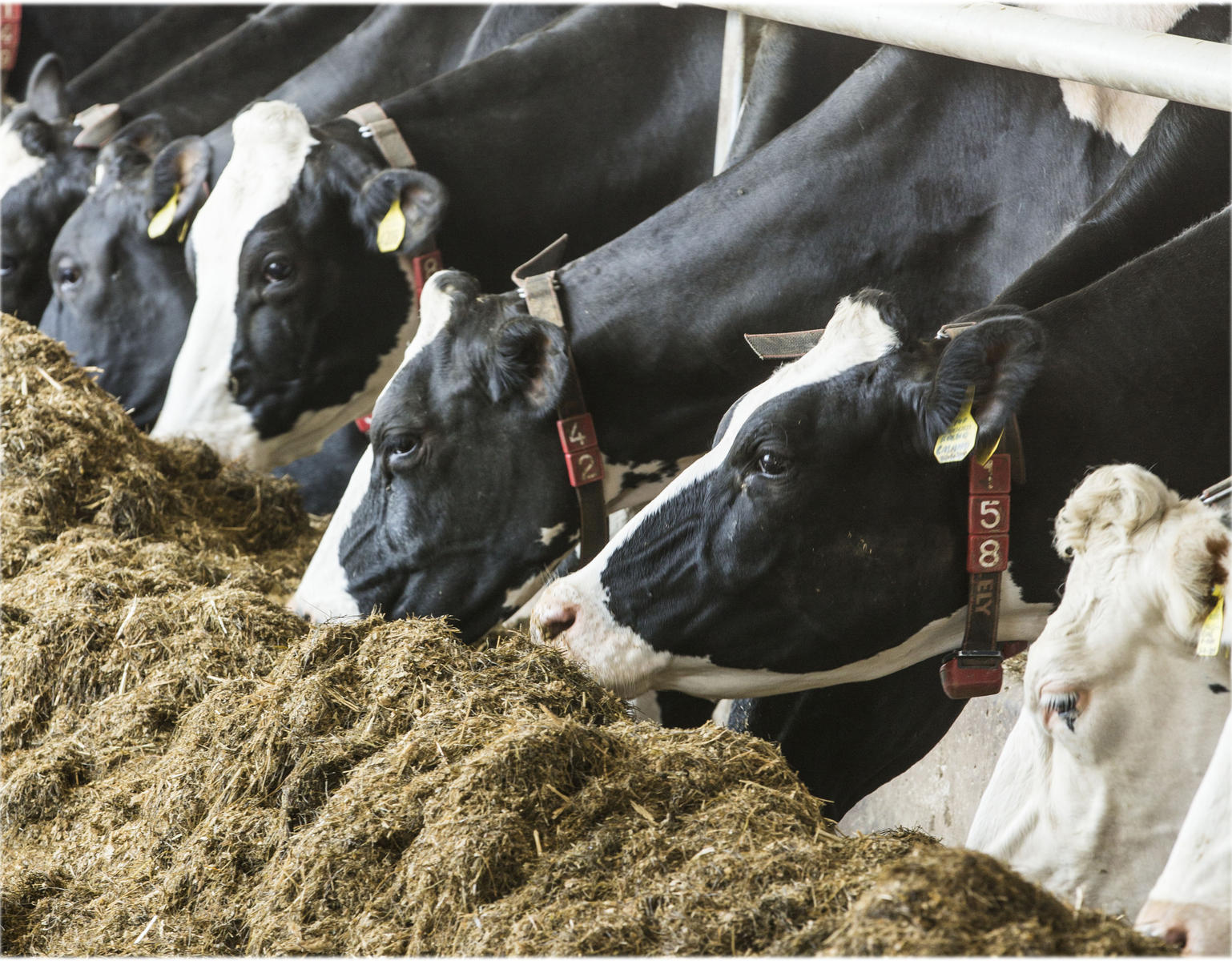GM livestock feed, no long term health risks for humans

What do you think about genetically modified feed for livestock intended for human consumption? A study says that the health risks to humans are almost non-existent. Those against the use of GM products argue that altering the natural order of nature is bound to cause health issues for either the animals being fed, or to the humans who consume meat that has been raised on this feed.
A study published by Animal Science Publications states that the health risks are relatively low to non-existent. The study utilised information from 1983 (prior to the introduction of genetically modified feed) through 2011, and is very detailed regarding how animals responded to the altered products.
The study notes that in the US, “more than 95% of these animals consume feed containing GE ingredients.” This refers to animals being raised for human consumption. The figure changes some when the entire world is taken into account, as “food-producing animals consume 70 to 90% of genetically engineered (GE) crop biomass.”
This indicates that if you purchase meat in the US, you’re most likely eating an animal that was raised on genetically engineered feed.
Conclusion, no unfavourable trends in livestock health
According to the study the field data sets, representing over 100 billion animals following the introduction of GE crops, did not reveal unfavourable or perturbed trends in livestock health and productivity. No study revealed any differences in the nutritional profile of animal products derived from GE-fed animals.
Likewise, it is not possible to distinguish any differences in the nutritional profile of animal products following consumption of GE feed. Animal agriculture is currently highly dependent on GE feed sources, and global trade of livestock feed is largely supplied by countries that have approved the cultivation of GE crops. Supplying non-GE-fed animal products is likely to become increasingly expensive given the expanding global planting of GE crops and the growing number of countries that raise them. The market for animals that have not consumed GE feed is currently a niche market in the US, although such products are available to interested consumers via voluntary process-based marketing programmes.
You can read the full Prevalence and impacts of genetically engineered feedstuffs on livestockpopulations article here.











